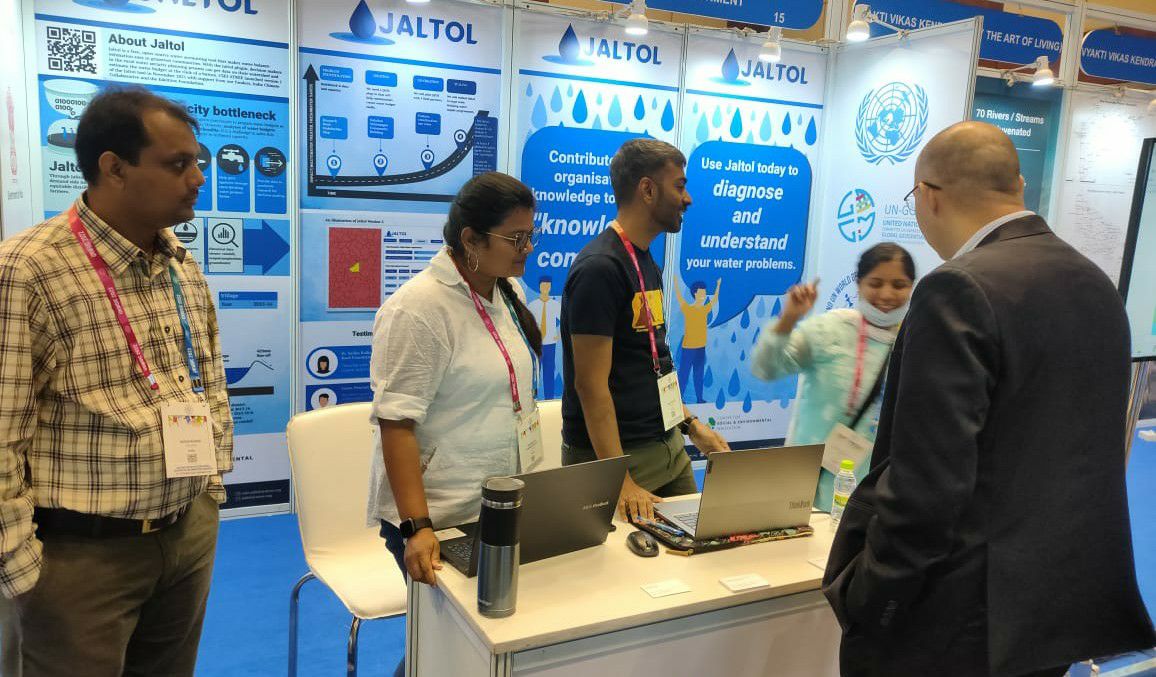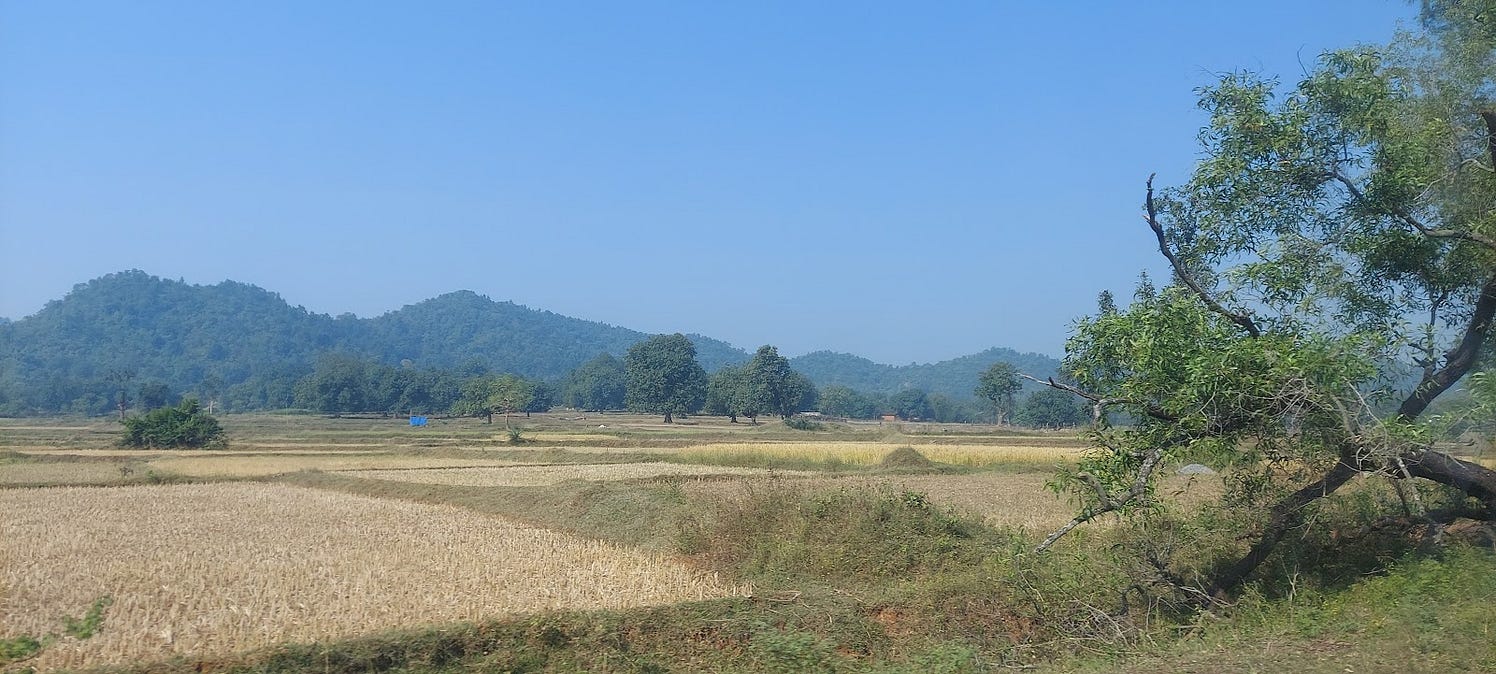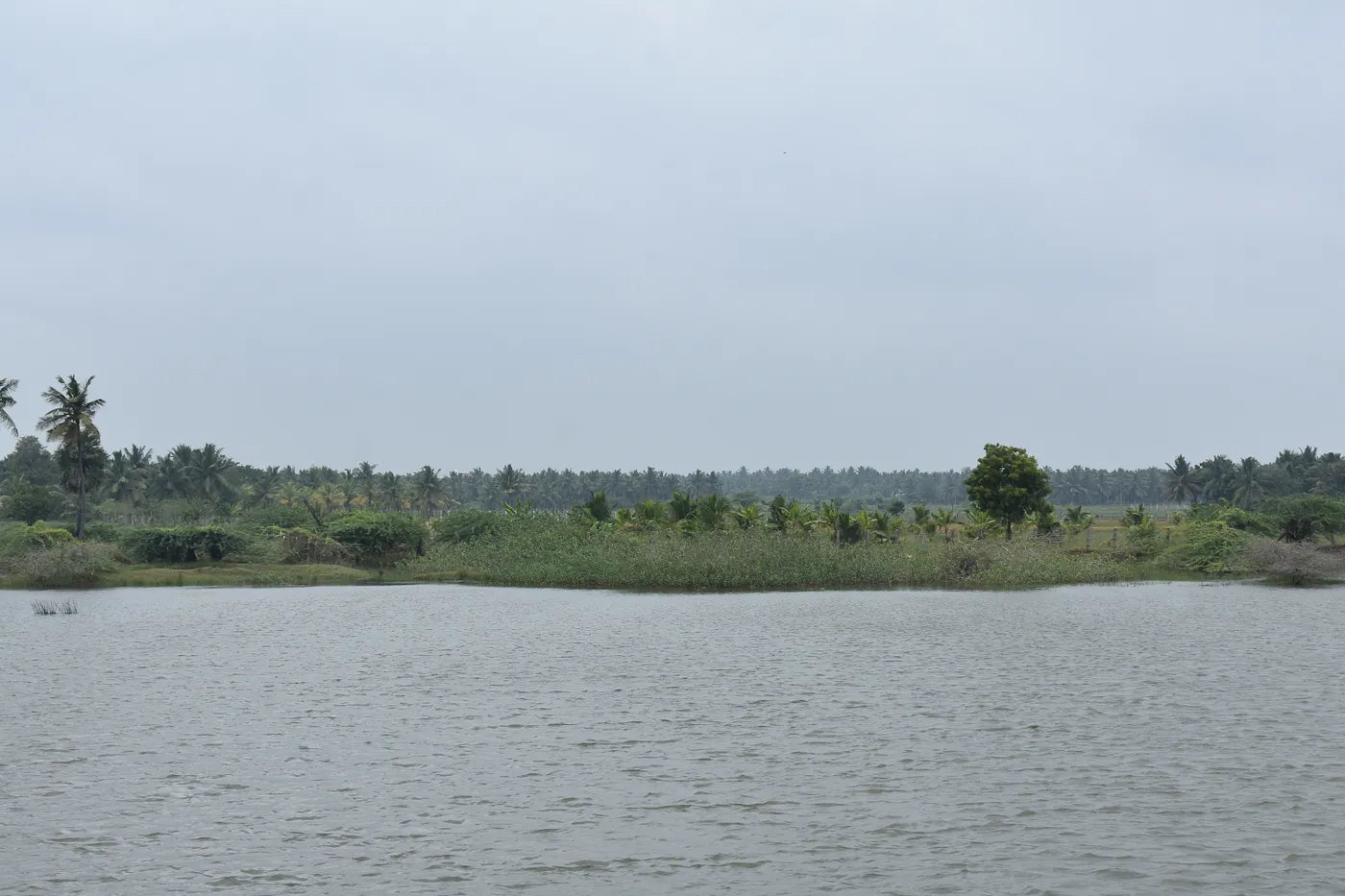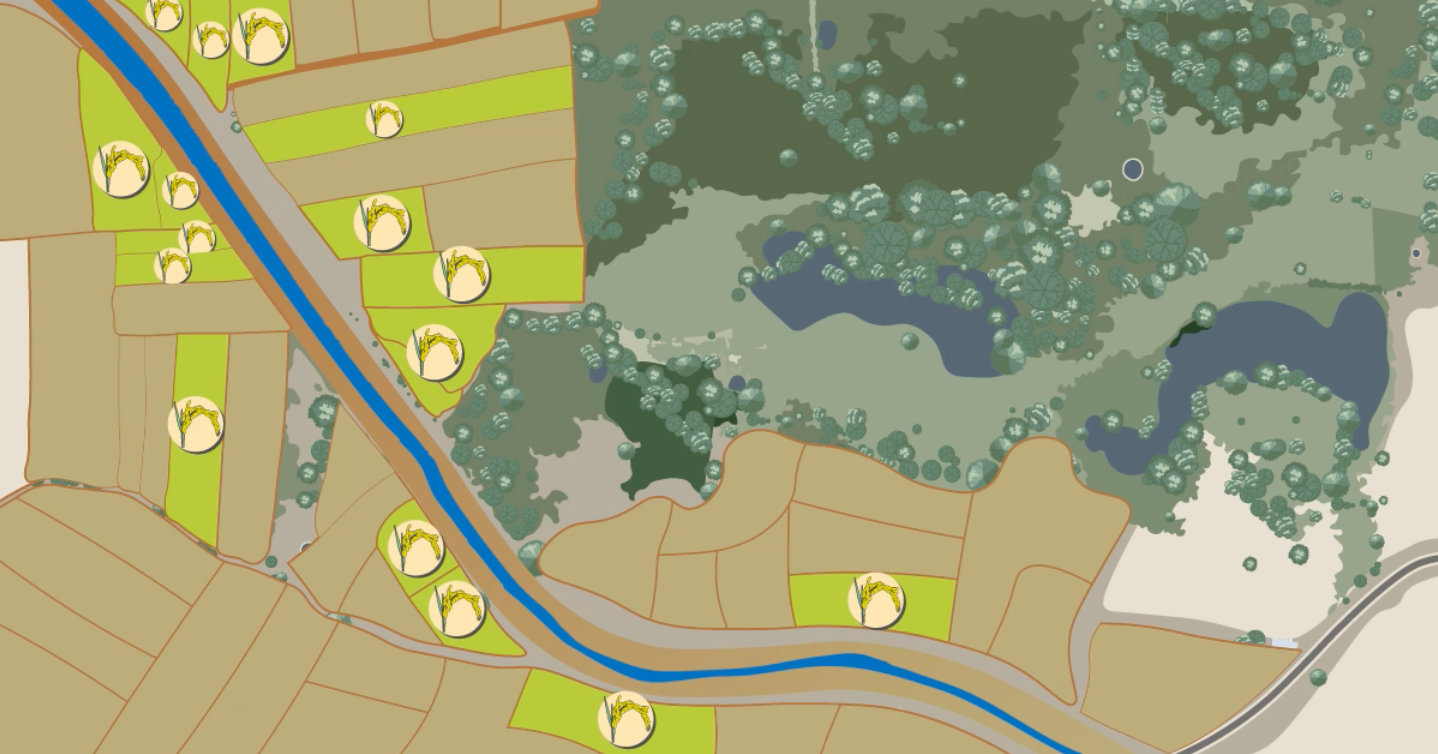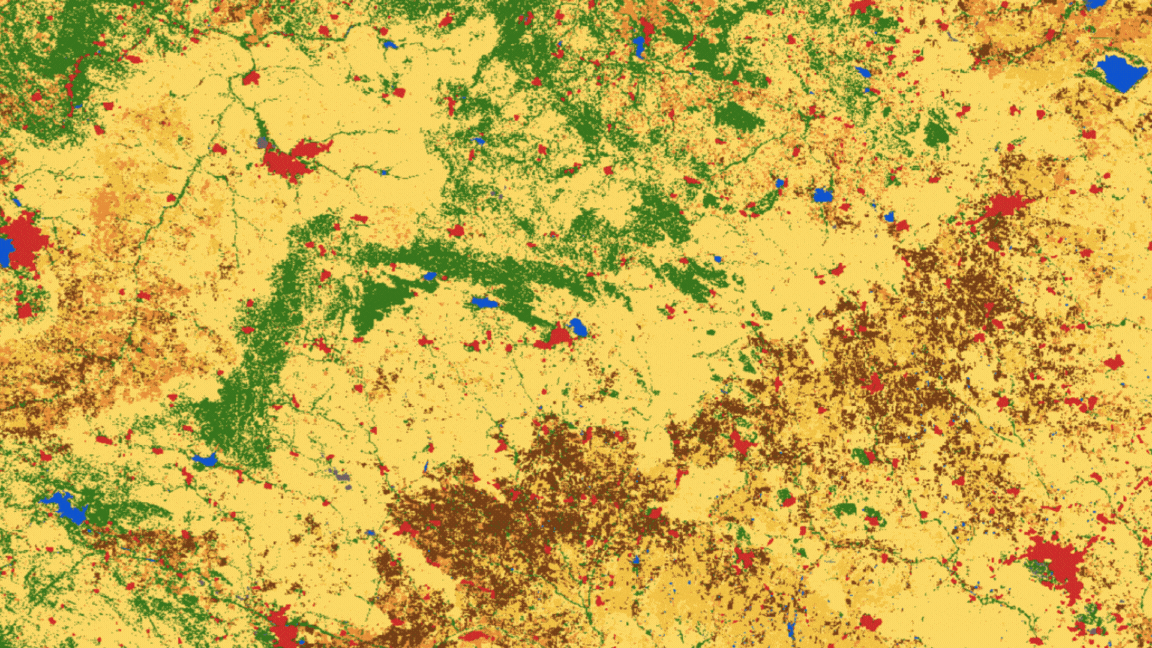Drinking Water for Every Rural Household: A Tamil Nadu Village Highlights Challenges
Nadiyam has 15 lakes and an annual rainfall of 953 mm. Photo credit: Partik Kumar
India’s Jal Jeevan Mission seeks to provide safe and adequate drinking water to every rural household in the country by 2024. As of December 2022, 55% of rural households had received tap connections. This figure was 17% in August 2019, when the Government of India launched the mission.
But as it makes great strides towards ensuring water access for rural households, challenges persist. To understand these better, we visited Nadiyam, a village in Tamil Nadu that received the Har Ghar Jal (55 litres per day water supply in every home) certification in November 2022. According to village panchayat (council) officials, less than 50% of households in the village had tap connections in July 2020.
Nadiyam has 516 households and a population of 2,269. Agriculture and fishing are the primary livelihoods. The village largely uses groundwater, whose levels fluctuate seasonally between 120 m and 150 m.
Under the Jal Jeevan Mission, water supply infrastructure is of two kinds: single- and multi-village schemes
The former, restricted to one village, usually draws from groundwater or local surface water sources, such as springs or lakes. The latter spans several villages and usually draws from a large surface water source, such as a river or dam.
Nadiyam receives 2,50,000 litres of water daily from both kinds of schemes. Through 12 single-village schemes — each consisting of a borewell and an overhead tank — it draws 2,20,000 litres of groundwater. It receives 30,000 litres daily from the ‘Combined Water Supply System 1153’, a multi-village scheme drawing water from the Kollidam river, 150 km away.
This water is stored in an underground tank, from where it is pumped to the 12 overhead tanks. Here, the water is chlorinated and then supplied to household taps. When we visited Nadiyam, each home received water twice a day — from 6 AM to 7 AM and 5 PM to 6 PM — though the timings and quantum of supply vary seasonally.
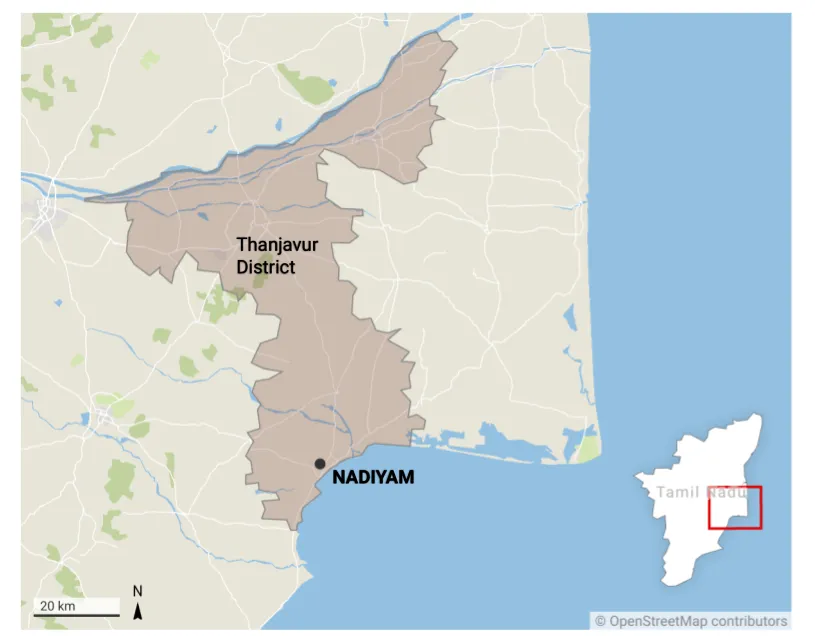
Nadiyam falls under Thanjavur district in coastal Tamil Nadu. The blue line hemming the northern border of the district is the Kollidam river, the source of a multi-village scheme supplying water to Nadiyam
Although the supply from the Kollidam river is currently marginal, government officials believe that it might be vital in case of crises. Indeed, the diversification of sources makes water supply resilient to climatic or operational crises. However, multi-village schemes require an extensive infrastructure network spanning multiple regions. This makes them more expensive and less amenable to community management — a cornerstone of the Jal Jeevan Mission.

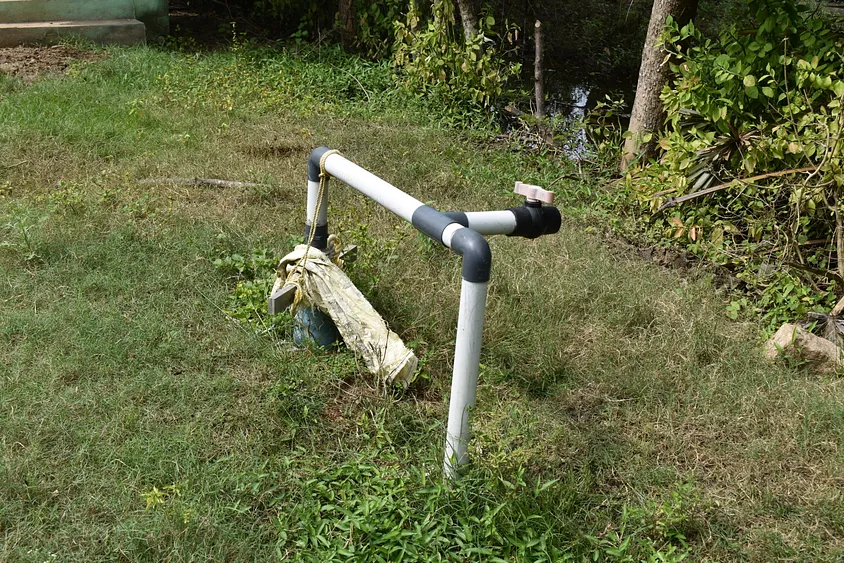
(Left) An overhead water tank, and (above) a borewell. Twelve single-village schemes — each consisting of a borewell and an overhead tank — provide Nadiyam a significant portion of its total water supply.
The village panchayat and state departments are responsible for water governance
To ensure that water supply systems address communities’ needs, the Jal Jeevan Mission stipulates that each panchayat has to formulate a village action plan for the design, building, operations, and maintenance of water supply infrastructure with the Village Water and Sanitation Committee’s support. This committee also looks after the supply system’s operations and maintenance, and fosters community participation.
The Tamil Nadu Water Supply and Drainage Board built and now oversees the multi-village scheme drawing water from the Kollidam river. The Rural Development and Panchayat Raj Department constructs single-village schemes and intra-village water supply infrastructure. The panchayat maintains and operates these — it employs a team of four contractual pump operators to run the water supply system, who each receive ₹260 a month for their services.
The panchayat uses the State Finance Commission’s grants and local revenue collection to pay for the water supply from the multi-village scheme, electricity bills, salaries of pump operators, and other operations and maintenance costs.
While each household in Nadiyam has been receiving piped drinking water supply, it might not be sustainable in the long run or could engender other problems, which we discuss below.
Financial sustainability and the lack of sanitation measures are major concerns
Panchayat members say that the financial aspects of water supply are run in a makeshift manner. The State Finance Commission’s grants are supposed to arrive every quarter, but they are not regular.
Even as the water supply has drastically expanded, the revenue from tariffs is negligible. For a tap connection, a household has to pay ₹1,000 and the monthly fee is ₹30. Our conversations with Nadiyam’s residents and officials suggest that there is little willingness to pay as many consider water a basic entitlement that the government must provide for free. Currently, the Rural Development and Panchayat Raj Department provides financial support to the panchayat to cover water supply costs. If panchayats are not able to tap into alternate funds in the absence of revenues, the water supply system might eventually become financially unfeasible.
Besides, residents claim that wastewater generation has drastically increased since the installation of piped water supply. While a few houses have soak pits that collect wastewater, Nadiyam does not have drainage lines, which might lead to a sanitation crisis in the future.
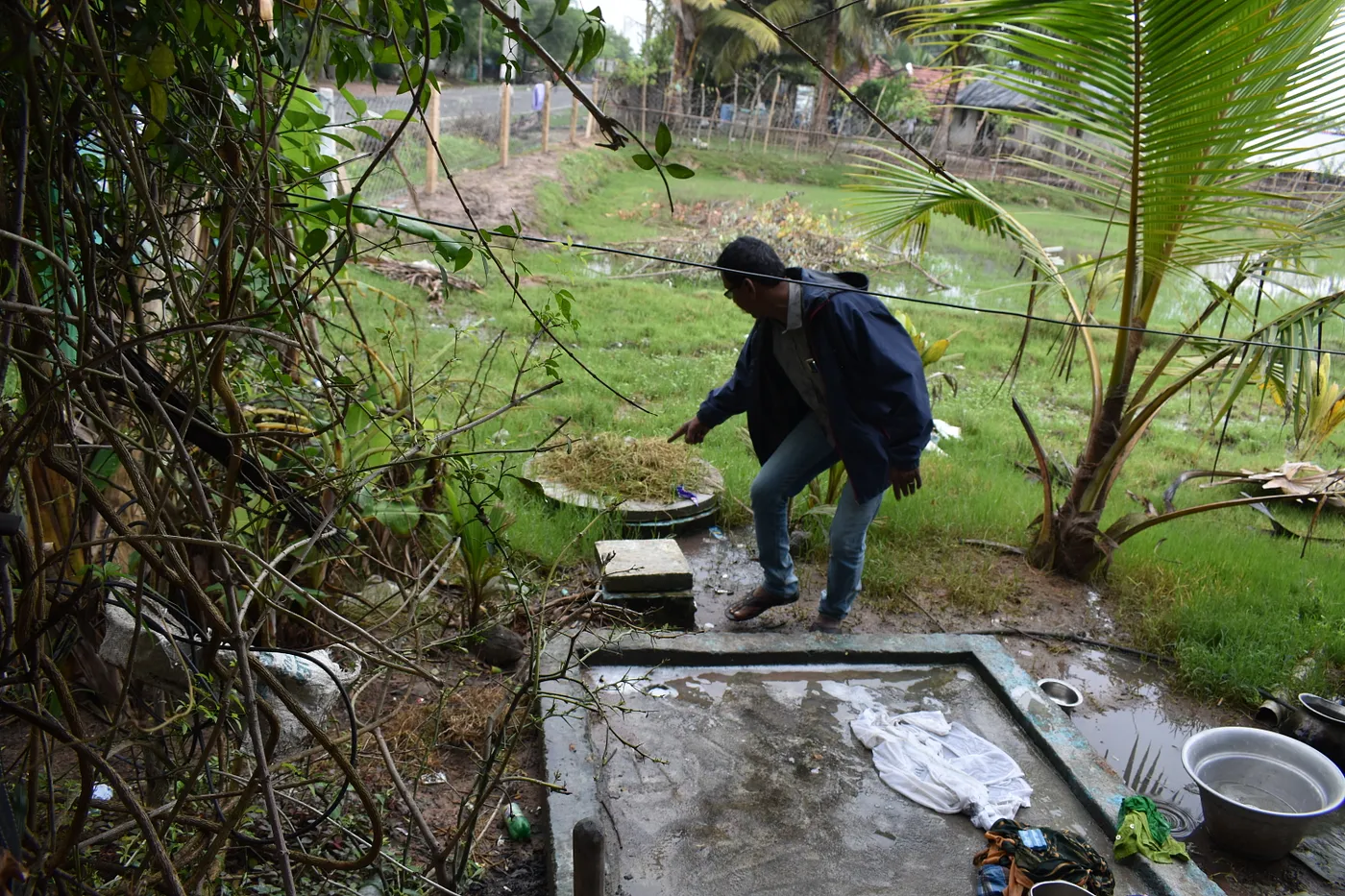
Rajsekharan, former panchayat secretary, points to a soak pit outside a house. Photo by Partik Kumar
Water conservation is not a priority on the ground
India is the world’s largest groundwater user, accounting for more than a quarter of global groundwater extraction. About 17% of its groundwater blocks are overexploited, that is, the rate of extraction is higher than the rate of recharge. In coastal areas, excessive groundwater withdrawal can lead to seawater intrusion, rendering potable water saline. Sea-level rise and extreme climate events can further impact coastal aquifers.
The household water supply in Nadiyam is overwhelmingly dependent on groundwater, which residents use not only as drinking water but also for agriculture. While salinity is not a problem in the village — except in a fishing settlement next to the beach — there is no comprehensive plan to safeguard groundwater, even as water consumption increases with piped supply.
While the Jal Jeevan Mission guidelines emphasise water conservation and sustainability of water resources, this is often not a priority on the ground. Besides, the mission does not allocate funds for sustainability. Instead, it expects panchayats to fund such measures through convergence with other government programmes. In Nadiyam, the only planned sustainability measure is the construction of soak pits under the Mahatma Gandhi National Rural Employment Guarantee Act.
It is vital to address these concerns as ‘slippage’ in drinking water is a major problem
A 2010 study mentions that slippage (water supply not sustained over time) in Indian rural drinking water programmes is 30% — and as high as 60% in some states. Without measures to prevent it, the Jal Jeevan Mission might install a tap in every household, but not ensure adequate and safe drinking water for all in the long run.
Acknowledgements
The authors are grateful to Vivek M, consultant, ATREE for the significant support he provided during the Nadiyam field visit.
Edited by Saad Ahmed
The authors conducted this work when they were with the Centre for Social and Environmental Innovation at the Ashoka Trust for Research in Ecology and the Environment (CSEI-ATREE).
If you would like to collaborate with us outside of this project or position, write to us. We would love to hear from you.
Follow us to stay updated about our work

